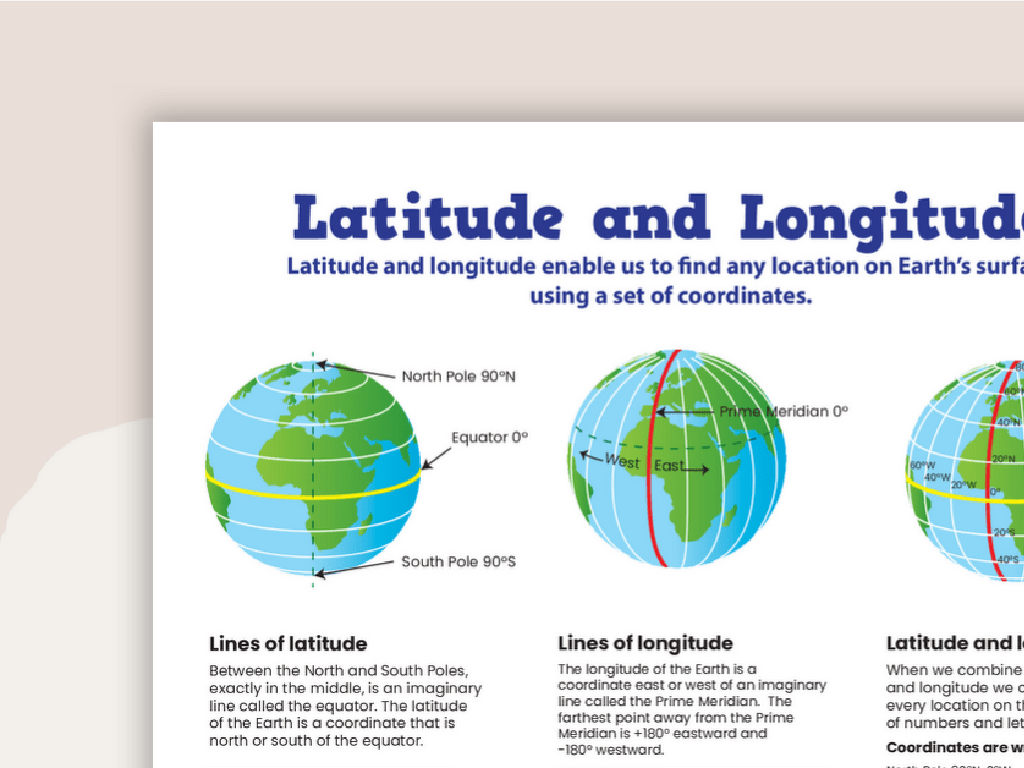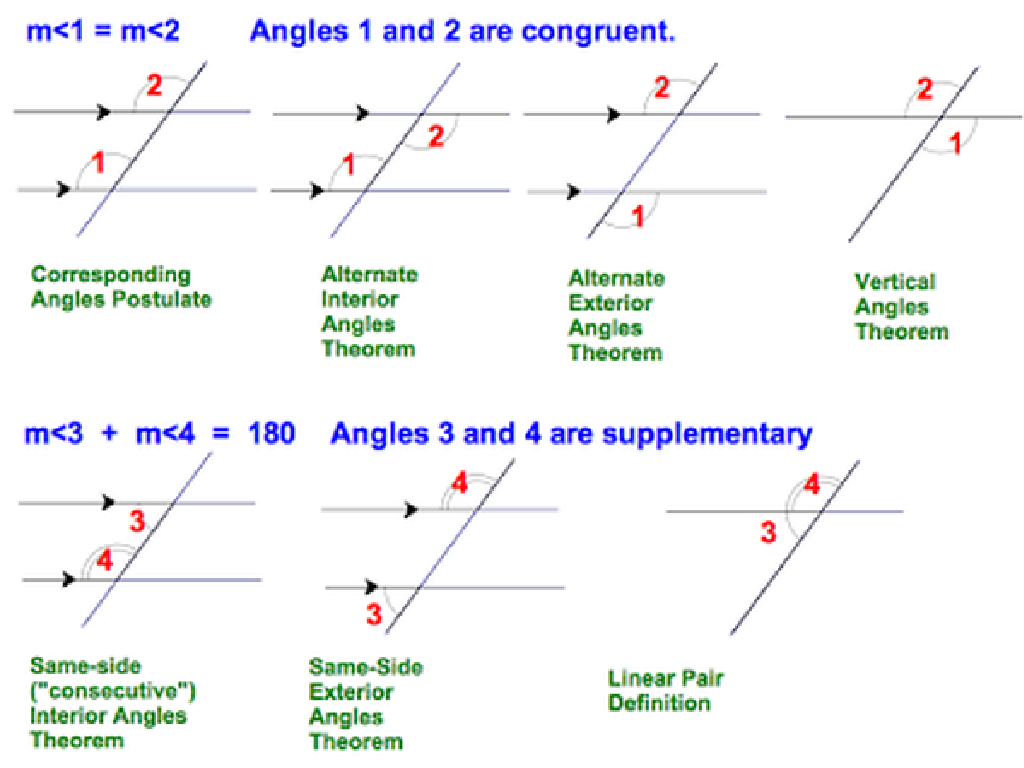Hundred Chart
Subject: Math
Grade: Second grade
Topic: Counting
Please LOG IN to download the presentation. Access is available to registered users only.
View More Content
Counting with the Hundred Chart
– Greet and introduce the chart
– Explain what a Hundred Chart is
– A grid with numbers 1-100, helps with number patterns
– Discuss the chart’s importance
– It’s a visual tool for learning numbers, counting, and math patterns
– Engage with a Hundred Chart activity
– We’ll practice counting and spotting patterns together
|
Begin the lesson with a warm welcome and introduce the Hundred Chart as a key tool in learning to count and understand numbers up to 100. Explain that the Hundred Chart is a 10×10 grid with numbers from 1 to 100, which helps students recognize numerical patterns and relationships. Emphasize its importance in developing number sense, addition, subtraction, and recognizing patterns. Conclude with an interactive activity where students can practice using the chart to count by ones, fives, or tens, and identify patterns such as even and odd numbers. This will help solidify their understanding and make learning fun.
Exploring the Hundred Chart
– Rows and columns on the chart
– The chart has 10 rows and 10 columns
– Counting from 1 to 100
– We’ll count aloud as a class
– Finding patterns in the chart
– Look for patterns like even and odd numbers
– Practice counting by 2s, 5s, 10s
– Let’s skip count together on the chart
|
This slide introduces the Hundred Chart, a key tool in helping second graders understand number patterns and develop counting skills. Start by explaining the structure of the chart with its rows and columns, which helps organize the numbers 1 to 100. Engage the class in counting together to reinforce number sequencing. Highlight the patterns that emerge, such as even and odd numbers, and the visual patterns of these sequences on the chart. Encourage the students to practice skip counting by 2s, 5s, and 10s using the chart, which lays the foundation for understanding multiplication. Provide various counting activities and encourage students to explain the patterns they see, fostering a collaborative and interactive learning environment.
Counting by 1s and 10s on the Hundred Chart
– Count up and down by 1s
– Start at any number and add or subtract 1
– Practice skip counting by 10s
– Jump forward or backward by 10s, like hopping
– Interactive counting activity
– We’ll count as a class using a hundred chart
– Understanding patterns on the chart
– Notice the numbers ending in 0 when we skip count by 10s
|
This slide is aimed at helping second-grade students understand the concept of counting by 1s and 10s using a hundred chart. Begin by demonstrating how to count up and down by 1s, starting from any given number on the chart. Emphasize the linear nature of counting by 1s. Then, introduce skip counting by 10s, which helps students quickly calculate larger sums. Use a hundred chart to show how the numbers align vertically when counting by 10s. Engage the class in a hands-on counting activity where they can practice these skills together. Highlight the patterns that emerge on the chart, such as the last digit of the numbers when skip counting by 10s. This visual and interactive approach will solidify their understanding of number sequences and prepare them for more advanced arithmetic.
Exploring the Hundred Chart
– Locating numbers on the chart
– ‘I Spy’ number activity
– A fun game to find specific numbers
– Using the chart for addition
– Add by moving right on the chart
– Using the chart for subtraction
– Subtract by moving left on the chart
|
This slide introduces students to the Hundred Chart and its uses in finding numbers and solving basic addition and subtraction problems. Begin by explaining how to locate any number on the chart. Then, engage the students with the ‘I Spy with My Little Eye’ activity where they find numbers on the chart. For addition, show how moving to the right on the chart increases the number, and for subtraction, moving to the left decreases the number. Prepare different scenarios for the ‘I Spy’ game to cater to varying levels of student ability, ensuring that each child is challenged appropriately. Also, have students practice simple addition and subtraction using the chart, reinforcing the concept that the chart is a visual tool to help them understand numerical relationships.
Hundred Chart Games
– Play games using the Hundred Chart
– ‘Race to 100!’ game
– Roll dice and move that many spaces to reach 100
– ‘Missing Numbers Challenge’
– Find and fill in the missing numbers on the chart
|
This slide introduces fun and educational games that utilize the Hundred Chart, an important tool for helping second graders understand number patterns and counting. ‘Race to 100!’ involves rolling dice and moving the corresponding number of spaces to reach 100, teaching number sequencing and addition. ‘Missing Numbers Challenge’ helps students identify patterns and understand number placement by having them fill in missing numbers on the chart. These games are interactive ways to reinforce counting skills and number recognition. For the teacher: Prepare a large classroom Hundred Chart and dice for ‘Race to 100!’ and printed charts with random numbers missing for ‘Missing Numbers Challenge’. Ensure each student has a chance to participate and consider pairing students to encourage teamwork.
Class Activity: Hundred Chart Hopscotch
– Set up Hundred Chart Hopscotch
– We’ll create a hopscotch with numbers 1-100
– Learn the game rules
– Follow the rules to hop on the correct numbers
– Play and count together
– Help each other and count as you hop
– Have fun with numbers
|
This activity is designed to help students visualize and understand the sequence of numbers from 1 to 100. Teachers will prepare a hundred chart on the floor, which students will use to play hopscotch. The rules will be simple: hop on sequential numbers, skip count, or follow specific number patterns as called out. This interactive game encourages physical activity while reinforcing counting skills. It’s a fun way to engage the whole class and support kinesthetic learners. Teachers should prepare variations of the game to cater to different skill levels, such as hopping by twos, fives, or tens, and encourage students to recognize patterns within the hundred chart.
Wrapping Up: The Hundred Chart
– Recap of today’s lesson
– Why the Hundred Chart matters
– It helps us count, add, and subtract easily.
– Time for your questions
– Let’s review together!
– We’ll go over the chart once more.
|
As we conclude today’s lesson, it’s important to review what we’ve learned about the Hundred Chart. This chart is not just a grid of numbers; it’s a powerful tool for understanding numbers and their relationships. It helps us visualize counting, addition, subtraction, and even patterns in numbers. Now, let’s open the floor for any questions the students might have, encouraging them to think about how they used the chart today. Finally, we’ll do a quick group review of the chart to reinforce their understanding and ensure they feel confident in using it as a reference for various math problems.






